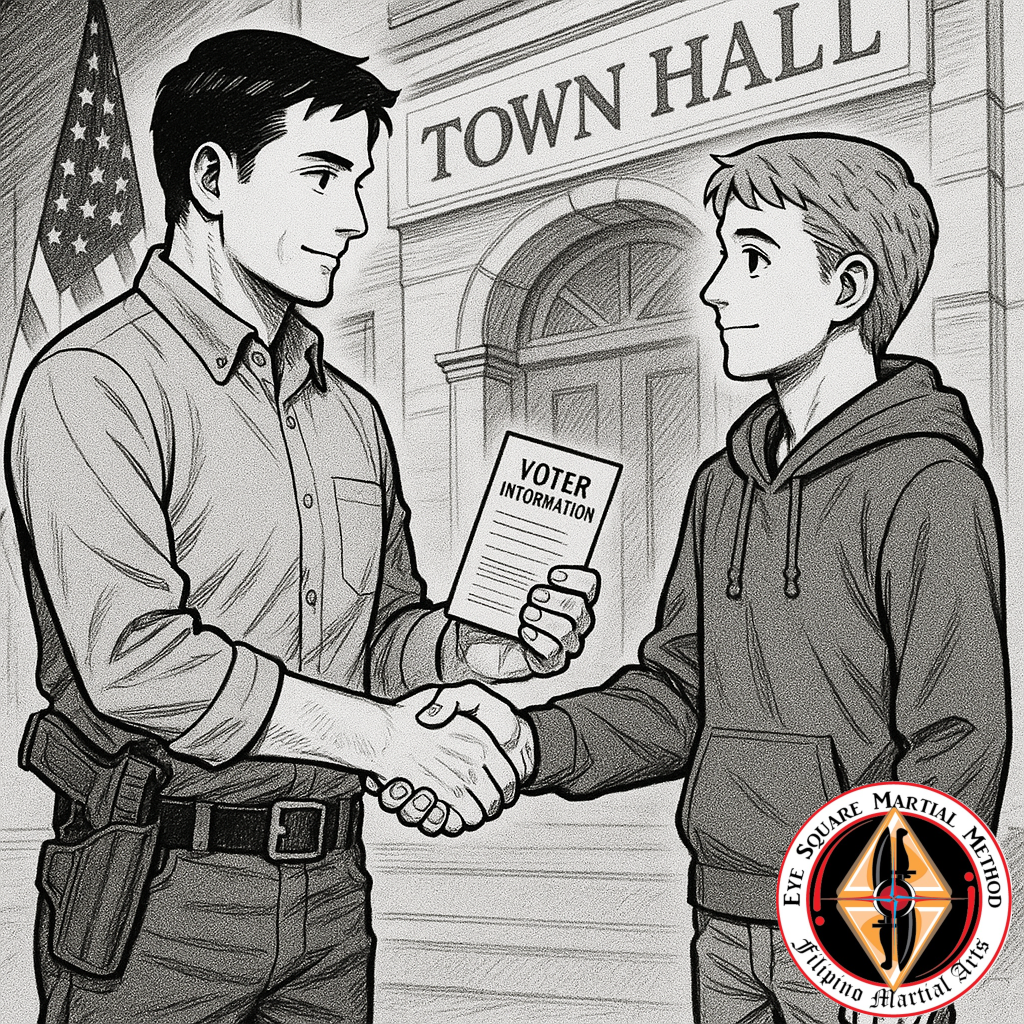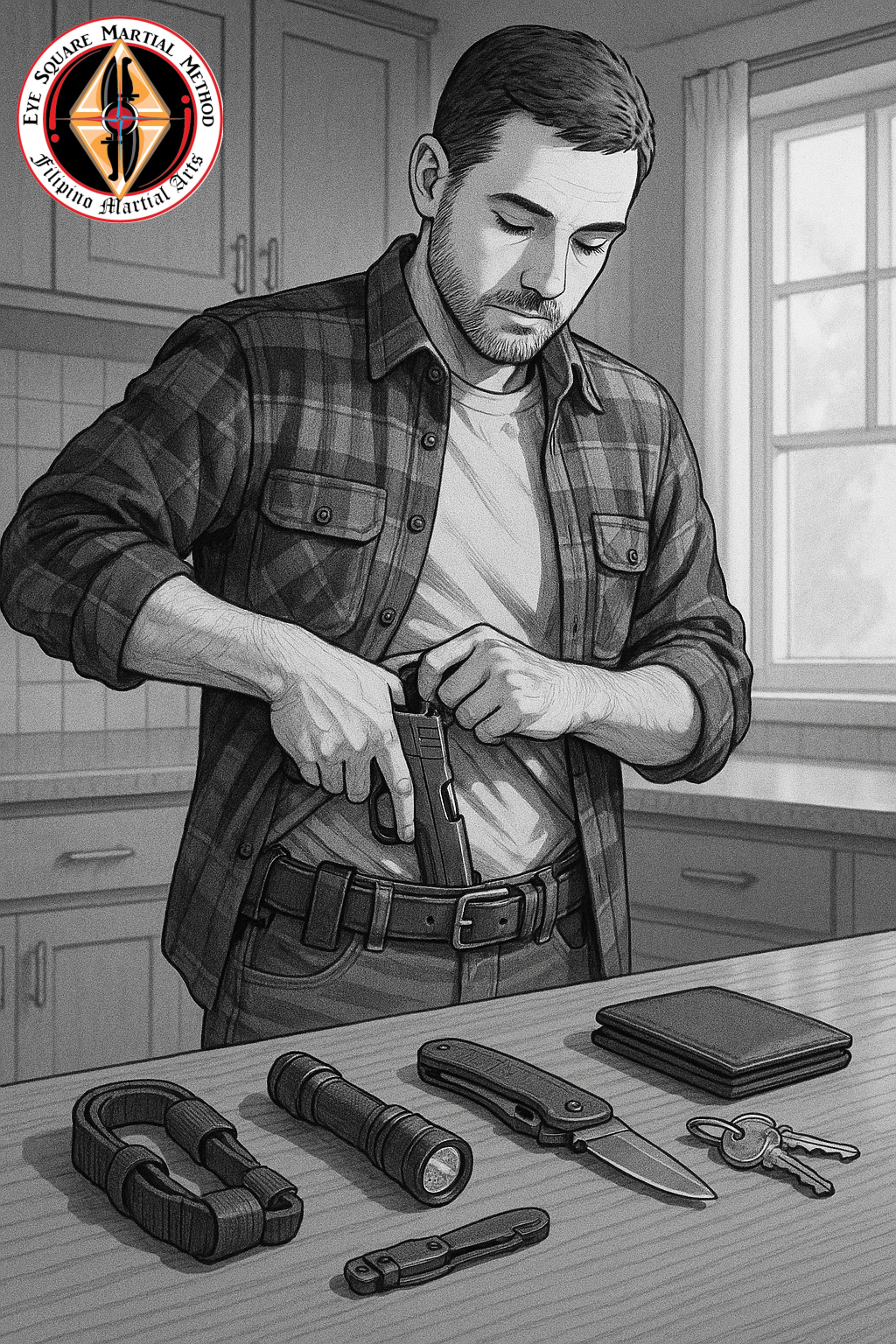Main Post Draft
The right to bear arms isn’t just a legal issue—it’s a moral one.
Carrying a firearm changes how you see the world. It can also change how the world sees you. That’s why the true burden of the armed citizen isn’t firepower—it’s restraint, wisdom, and civic responsibility.
Be the Calm Voice
We live in a time of culture wars, hot takes, and online flame battles. Gun ownership is often politicized—reduced to caricatures on both sides.
If you support the Second Amendment:
- Speak clearly, not loudly
- Know the facts—and be honest when they don’t support your side
- Call out bad behavior (even from your own team)
- Understand why some people fear guns—and don’t mock them for it (even if they’re completely ignorant)
You’re not just defending a right. You’re modeling how a responsible gun owner acts.
Community First, Always
Owning a gun doesn’t put you above the law or outside your community. It connects you to it.
Are you:
- Helping educate new gun owners?
- Supporting responsible ownership and training?
- Encouraging de-escalation over confrontation?
You’re more than an individual—you’re a node in a social web. Use your voice to strengthen, not divide.
It’s About Liberty, Not Ego
The Second Amendment exists to preserve freedom, not to inflate pride.
That means:
- The right to speak against guns is also protected.
- The goal is not just to “win the argument”—it’s to preserve a country where people can disagree and still live side by side.
- Power without discipline is tyranny. Rights without virtue are unstable.
The best defenders of liberty are humble, principled, and prepared.
Don’t Just Carry—Contribute
What else are you doing to make the world safer?
- Are you voting for leaders who understand freedom and responsibility?
- Are you training others, donating to causes, or simply being a good neighbor?
- Are you thinking beyond your rights and asking, “Why am I doing this? Should I be doing this? Does what I’m doing serve a purpose beyond simply exercising my right to own a firearm?”
In a polarized time, the most radical thing you can be is reasonable.
Closing Thought
Guns are tools. Tools serve people. And people serve each other—or they don’t.
Be the kind of citizen whose values speak louder than your caliber. The future of the Second Amendment doesn’t rest on Congress—it rests on us.


